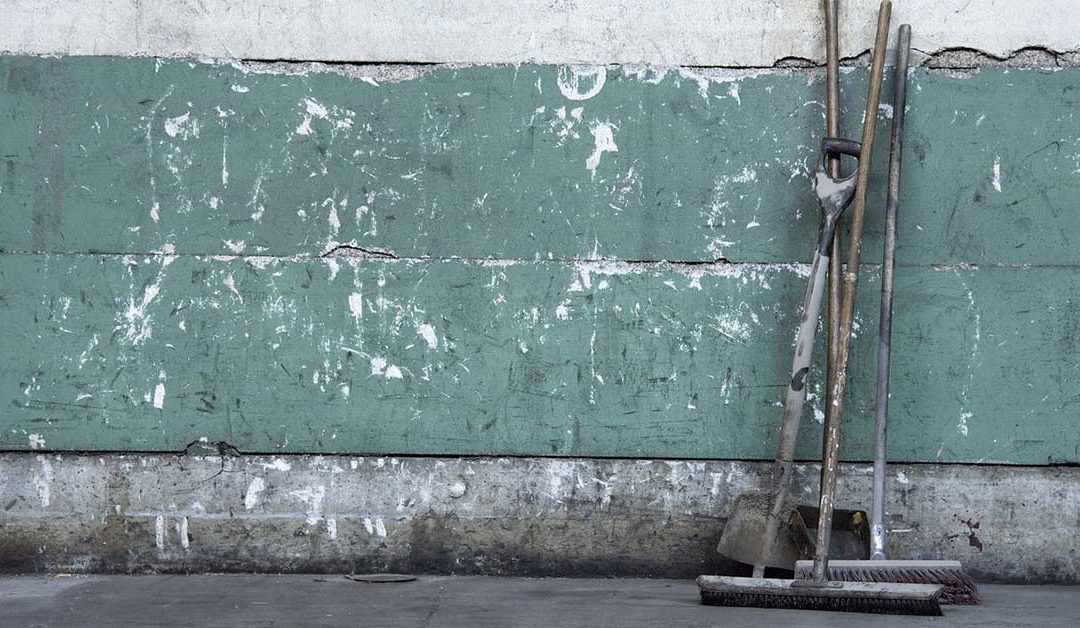If you are looking for water damage to walls, you may be in need of water damage repair. There are a few signs to look out for to see if you have water damage to your dry wall. They are easy to spot, but hard to fix. In most cases you should contact your local professionals such as the Restoration Doctor. We specialize in fixing water damage problems caused by leaking, flooding, or natural disasters. Contact us today if you suspect you have dry wall damage caused by water leaks.
Here are some signs your dry wall has experienced water damage:
Changes in Texture
Changes in texture will be your number one sign that there is flooding behind your walls. When water seeps into the wall and areas underneath them, this causes your wall’s texture to change. Some variations include:
- Warping: caused by temperature and humidity. Ceilings and floor boards become curled around the edges.
- Sagging/Sinking: If you have soft spots in your walls, this can be caused by moldy material. Rotten drywall is a result of water damage. When water seeps into your foundation it can cause sagging.
- Wet/Mushy: If it is wet or mushy to the touch, this means your drywall has been wet for longer than 48 hours, which also means there is probably mold growing in your drywall. It needs to be replaced immediately.
Discoloration Means Water Damage to Walls
Look for water spots on stains in your ceiling or wall to assess water damage. This area can be wet or dry. Discoloration can occur in multiple different colors as well. If your walls are yellow, brown, or a copper color, it is likely that there is water damage in your drywall. Contact a professional immediately to resolve this issue.
Odor
If there is an odor circulating in in a specific area of your house, it can be a sign of water damage to walls. The smell comes from a potential mold buildup due to your walls being wet for a prolonged period of time. Mold starts growing after a surface has been wet for long than forty eight hours. If this is the case, you may be based water damage repair. You will more than likely need to replace your walls since mold is a health risk.
Water Accumulation
If you see water puddling in in certain spots on your floor, it can be coming from flooding behind your drywall. Water accumulation can occur from a leaking pipe or a cracked foundation. Water accumulation can damage your drywall by growing mold or rotting the material until the texture has become damaged beyond repair. If this happens, you will need to install new drywall.
Water damage to walls is the easiest way to determine that your home is in need of water damage repair. Look out for these signs that indicate that your dry wall has been ruined by water accumulation. Stains and discoloration are the first indicators. If you catch it early enough, you may be able to prevent a mold outbreak, which saves you from having to replace your drywall altogether.
Contact the professionals at Restoration Doctor today to address your drywall water damage concerns.

